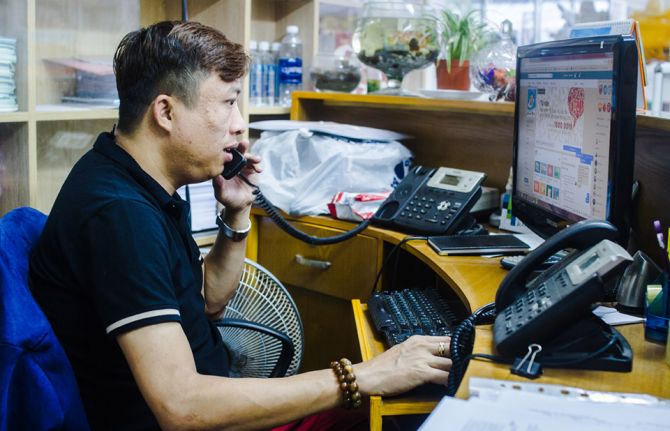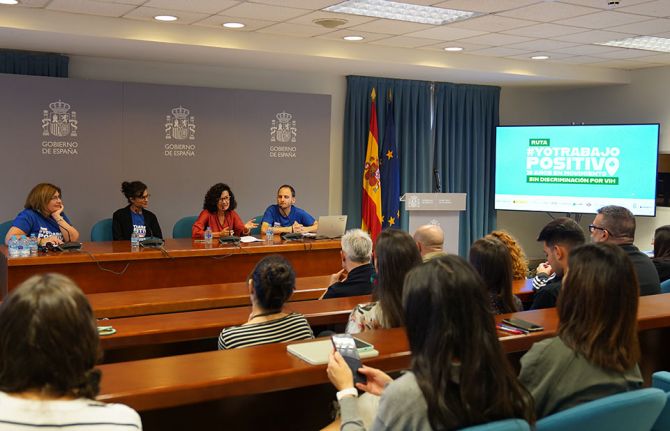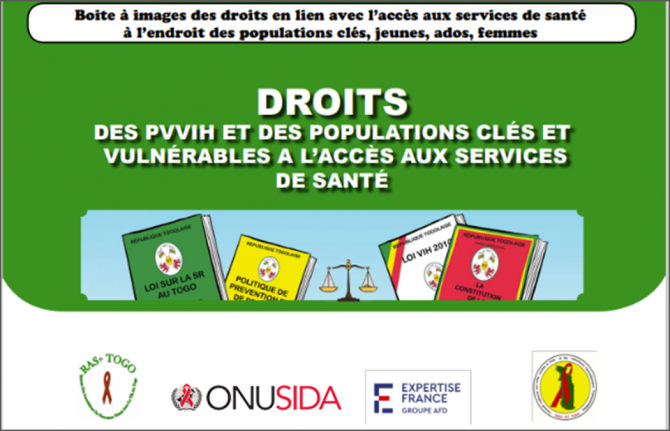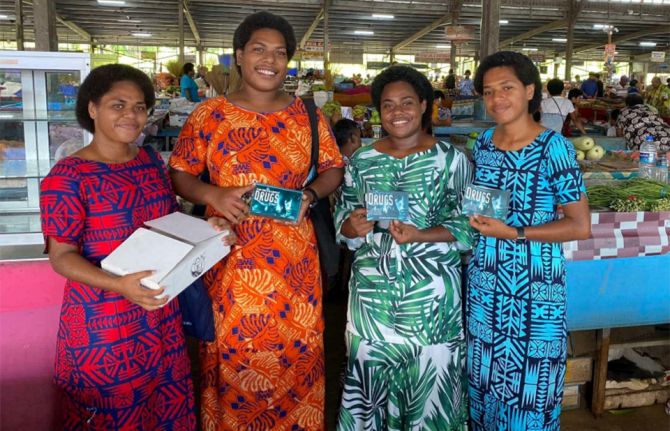

Feature Story
Community networks extend arms to connect people to medicine in Viet Nam
17 April 2020
17 April 2020 17 April 2020When the Vietnamese Government introduced social distancing mid-March 2020 to respond to COVID-19, Binh Nam (not his real name), already on distance learning from his college since February, lost his part-time job at a small company. He decided to leave Ho Chi Minh City, which had a cluster of confirmed COVID-19 cases, to settle back in his home town, about 300 kilometres away.
“Going home seemed like the best option for me at the time,” Mr Nam said.
He arrived at his parents’ home just before buses shuttling people back and forth across the provinces stopped. With stricter lockdown measures taking effect in early April, he realized he was in a bind. He would run out of HIV treatment.
“I considered going to a local HIV clinic, but feared my HIV status would be disclosed,” he said. “I also could not buy antiretroviral medicine at private clinics because that would clear out my savings.”
And he definitely did not want to ask his parents, because they didn’t know he was living with HIV.
“I felt desperate,” he said. As a last resort, Mr Nam texted a man who runs a social media channel on HIV information, education and counselling that he follows.
Upon learning of Mr Nam’s situation, Nguyen Anh Phong, a representative of the Viet Nam Network of People Living with HIV (VNP+) in the south of Viet Nam and co-founder of the Lending a Helping Hand Fund, mobilized some funds to get him an antiretroviral therapy refill.
“This was among the first calls for help that made us notice more and more people were stuck in their home province with a limited amount of antiretroviral medicine,” Mr Phong said.
He and his VNP+ peers decided to form a group on one of the most popular social media chatting platforms in Viet Nam to find ways to connect people and help them collect medicine at clinics other than their own. More than 150 community members joined the group across the country.
Community feedback filtered back to the Viet Nam Authority for HIV/AIDS Control (VAAC) at the right time as it was drawing up emergency contingency plans. It was dealing with a hospital closed because of a temporary COVID-19 quarantine in Hanoi, so people couldn’t access HIV services or treatment. And with so many people stranded in the provinces, something had to be done.
VAAC issued new guidelines on HIV care and treatment during the pandemic developed with technical support from the United States President’s Emergency Plan for AIDS Relief, the Global Fund to Fight AIDS, Tuberculosis and Malaria and the United Nations.
“We invited the Viet Nam Network of People Living with HIV to join our technical discussions and to give us feedback because they know the challenges faced by people living with HIV,” said Phan Thi Thu Huong, VAAC Deputy Director in charge of HIV care and treatment.
The guidelines allow for multimonth antiretroviral therapy refills for all people on HIV treatment and for the provision of pre-exposure prophylaxis and tuberculosis medicines.
Provinces have been assigned focal points and hotline numbers for people who experience unusual symptoms.
More importantly, the standard referral requirements were eased in order to allow clients temporary access to alternative HIV clinics for antiretroviral therapy refills. VAAC also proactively resolved procurement challenges in order to avoid stock-outs, so Mr Nam and others could access HIV clinics of their choice for refills.
Viet Nam’s HIV epidemic is concentrated mostly among gay men and other men who have sex with men, transgender women, people who inject drugs and female sex workers and their intimate partners, with a rising HIV prevalence among gay men and other men who have sex with men .
“I believe that by joining hands, we can help all people get their refills so that no one misses their treatment because of COVID-19,” said Mr Phong.
Working hand in hand and getting results is what communities do best, according to Marie-Odile Emond, the UNAIDS Country Director for Viet Nam. “These networks are pillars of peer support and resilience and now more than ever they’re like an extended arm of the public health sector,” she said.



